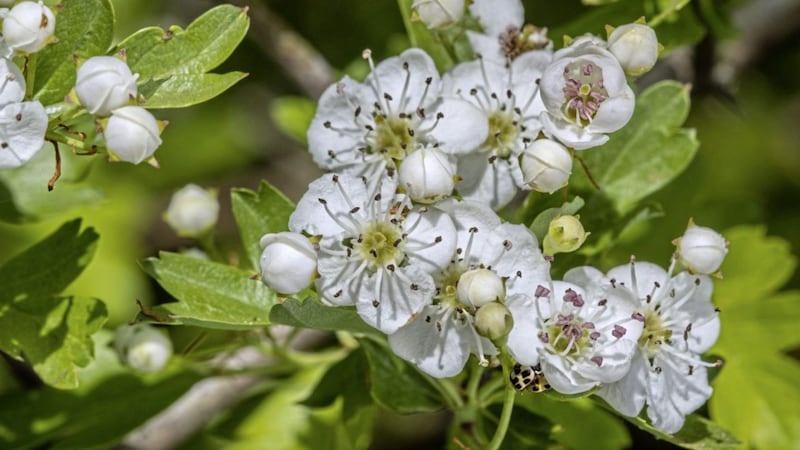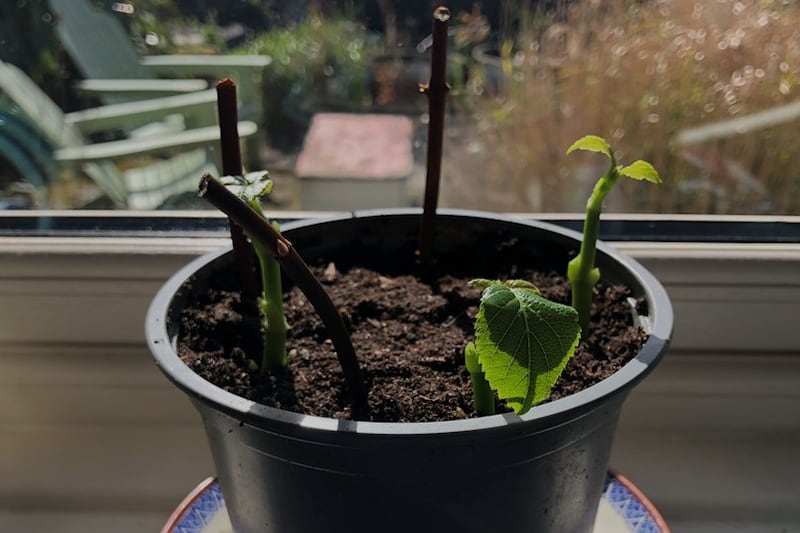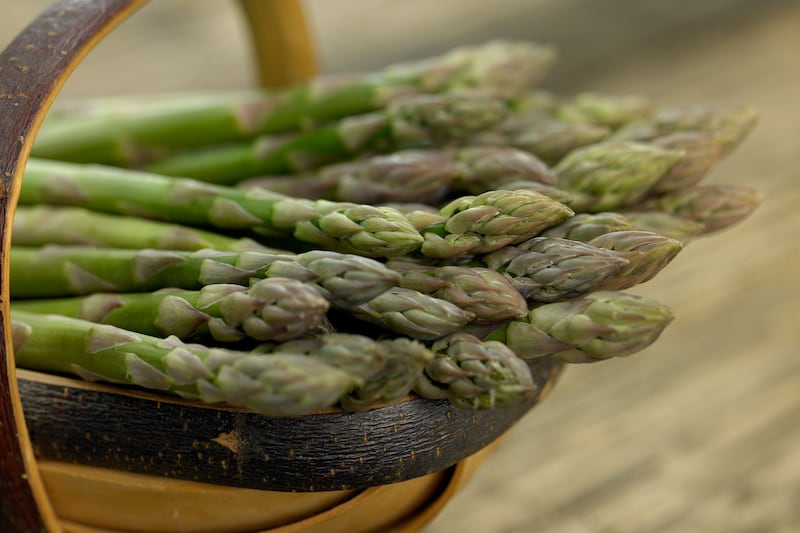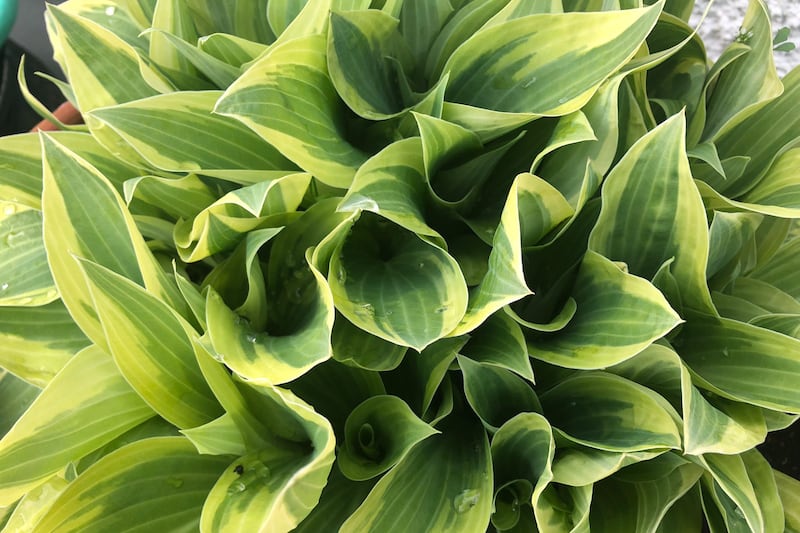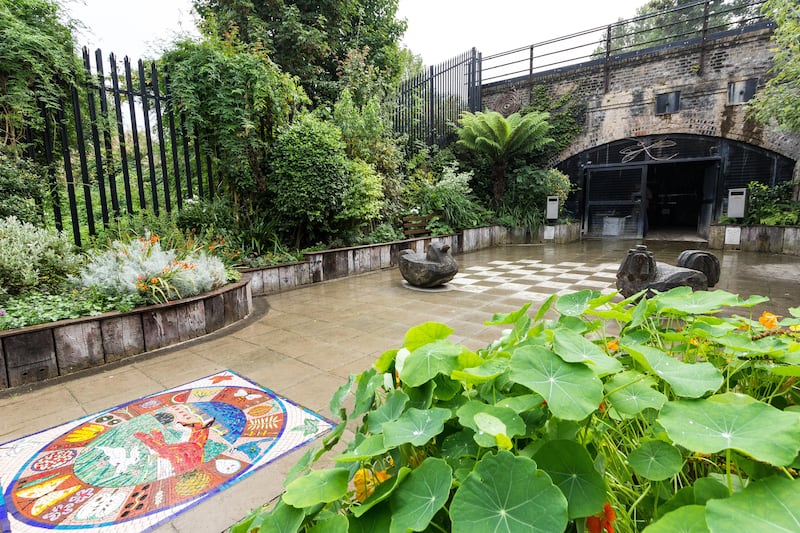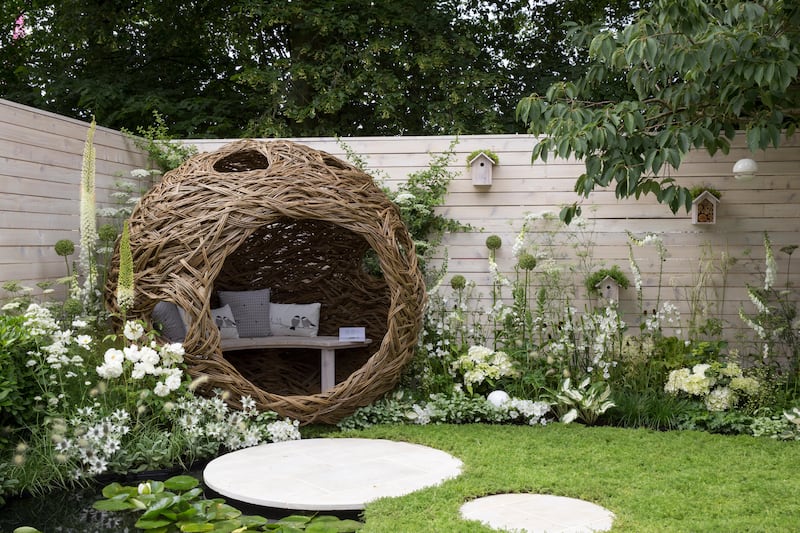POOR air quality in towns and cities – what with traffic, lack of green spaces and gardens being paved over – can be highly detrimental to our health.
Here RHS experts Dr Tijana Blanusa and Leigh Hunt recommend ‘super plants’, that could help soak up some of that pollution…
:: Hedges:
Hedges are great at filtering pollution from the air, trapping it on their rough/hairy leaves and stems, until it is washed to the ground by the rain or falls off with the leaves. One of the top plants is Cotoneaster franchetii, which is at least 20 per cent more effective at soaking up pollution compared with other shrubs.
It’s not a typical hedging plant, but trimmed into shape, it is a top performer. Other options include Thuja plicata (western red cedar) and Taxus baccata (yew). Plant between the source of pollution and where you are – so usually between the road and the house. Bigger is better, so aim for at least 1.5m high and 1m wide.
:: Pots:
Containers are useful for growing all manner of plants on areas of paving, balconies and if you rent, you can take them with you when you move. Include plants to support wildlife, from pollinating insects to invertebrates.
Even a common climber such as ivy (Hedera helix), which could be trained from a pot up a house wall to create a green surface, will provide shelter, nectar and berries. It also crucially helps with CO2 capture and dehumidification, and, where it is grown up the side of a building, can help with internal temperature regulation.
Otherwise, try anything from the RHS Plants for Pollinators list (rhs.org.uk) that will fit into your containers.
:: Borders:
If you have room for a tree (great air cleaners), plant one. A great small tree is our native hawthorn. As well as showy white flowers in late spring, there are fruits (haws) in the autumn. Alongside being a great plant for wildlife, it can help where flooding is an issue too. The leaves and stems in the canopy capture rain, slowing its passage to the ground.
And this tree will also transpire water from its leaves, helping to suck excess moisture out of the ground when in growth. A shrub that can help is the cheery yellow-flowered forsythia.
